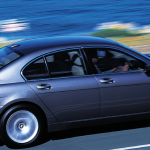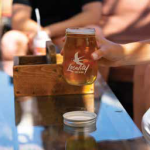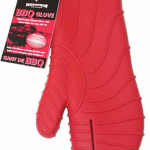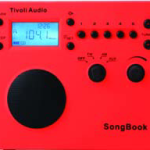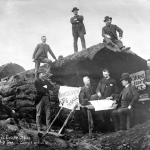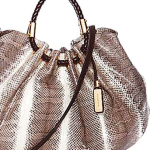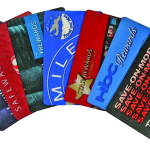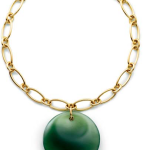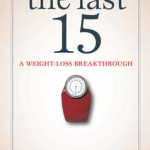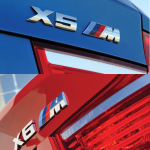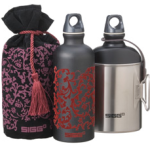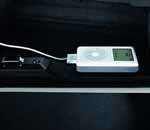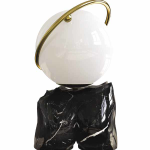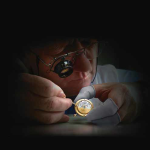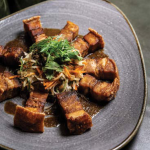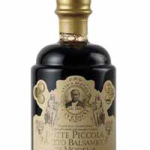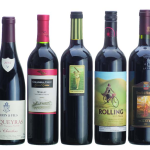
Membership has its rewards or does it?
Rewards programs are ubiquitous these days, but are they worth it? Here’s how to make the most out of all those points Canadians just love to collect.
Sponsored Ads
Have a peek in your wallet. If you dare, ask a friend to open theirs. What are you most likely to see inside both? Not the subtle gleam of platinum cards, receipts from expense account dinners or ticket stubs from last week’s evening at the opera although of course you’ll find those too. No, your wallets are most likely to contain up to six rewards program cards each.
That astonishing number reflects the fact that 86% of Canadians today participate in rewards programs that’s far more than our American counterparts, who participate at half the rate we do. In fact, the average Canadian belongs to an average of 2.5 retail programs, 2 financial programs and 1.5 travel programs. So if you saw an Air Miles card in both those wallets, don’t be surprised. Air Miles is a big part of the reason why Canadians are such passionate point-collectors: it’s the largest loyalty program in the country, with a penetration rate of nearly 70% of the nation’s households.
And who participates most in programs like Air Miles? People like you: the affluent. Your demographic is nearly saturated, as far as the reward marketers are concerned: nearly 96% of our nation’s wealthy participate in at least one rewards program. Why are rewards programs so popular? For participating companies, rewards programs have proven a highly effective customer retention strategy, enticing customers to do business with them over and over again. Perhaps more importantly, rewards programs give companies access to a virtual gold mine of information about their customers’ buying behaviour.
As one advertising agency who worked on the Air Miles program in the Netherlands put it, “Companies need customer insight on a constant basis… Point systems are built to reveal the value of each and every individual customer.” And for the rewards programs themselves, the enticement is the potential of huge profits according to the Globe & Mail, airline reward programs are now among the most valuable assets in the world, with more than $850 billion worth of points in circulation. Take Aeroplan as an example.
It (like its competitor Air Miles) is a coalition program, with many participating companies from the airline, retail, consumer product, financial services and other sectors. Each time an Aeroplan member earns an reward mile by staying at a participating hotel or flying with a participating airline, those companies buy miles from Aeroplan their cost to belong to this popular program and Aeroplan credits the member with their miles. According to CBC News, in 2005 Aeroplan earned more than $701 million in revenue from its participating companies.
When an Aeroplan member decides to cash in their miles (say, on a flight with partner company Air Canada) Aeroplan uses its revenue to buy the seat at a discounted price. Aeroplan makes its money on the spread between the rate at which it sells its points and what the rewards it buys cost. It also turns a profit from what is known in the trade as “breakage” the approximately 17 percent of Aeroplan miles that will never be redeemed. But what about the consumer do consumers benefit from rewards programs as the programs themselves and their participating companies evidently do?
The answer is yes you can benefit from rewards programs, if you due your due diligence before joining. As Razor Suleman, founder of iloverewards.com, told the Toronto Star, it’s easy for people to “get caught up in programs where they will never be able to use the reward points. Many people don’t due their homework; the lure of free stuff trumps reality.” So before you sign up for yet another points program, here are a few tips to consider:
Sponsored Ads
Learn how the rewards programs work. Most rewards programs offer the same reward. Whether the reward is called a mile, a point, a discount or even cash back, each point or mile is generally worth one percent of each dollar purchased: one cent. If a reward program is offering points of a higher value, be sure to ask if there is a limit on the amount of miles or points you can accumulate at that rate.
Choose the right rewards program for you. The rewards program you choose should reflect your spending habits and include companies with whom you already do business. If you spend only $1000 a month on a travel rewards credit card, it could take you years to earn a trip overseas. Take the time to do the math: calculate what you would realistically spend annually with that rewards card and you’ll find out exactly how much money you would earn in actual benefits. As rewardscanada.com founder Patrick Sojka reminds us, “If it’s travel you’re interested in, you do have options besides Air Miles and Aeroplan. There are over 40 different air and hotel plans that currently offer points programs, some of which require fewer points in order to earn trips. Do your research and find the best plan for you.”
Factor in interest and fees. Unless you pay off your balance of a rewards credit card every month, you’ll end up paying more in interest than you earn in rewards. Never let a rewards system tempt you to overspend and don’t forget to factor in how long it will take you to “earn out” a card’s annual fee.
Seek real rewards. Not all rewards programs fit all people. If luggage sets and crock pots aren’t rewards for you, seek out programs that offer either rewards targeted to your area of interest (like the Scotiabank/Cineplex Scene card, in which program members earn movie tickets) or offer a range of rewards from which you can choose: RBC and other Canadian banks now allow clients to apply their rewards points to their RSP, for example, as well as to travel and products.
Do some good. Now you can go beyond donating air travel points to a friend or relative. Taking a cue from Europe and the US, where many such rewards programs already exist, the MBNA Canada Bank recently launched the Eco-Logique credit card, which donates $.50 to carbon offset programs for every $100 spent. Many rewards programs also include charitable organizations as particpants, allowing you to donate rather than cash in your points.
Learn to swap. If you’ve collected “orphan” points with a program you’re unlikely to use again, Points.com is a Canadian company that allows you to trade in points you’re unlikely to use for points in a program you actually particpate in. Be aware, however, that the rate of exchange between points programs is rarely one-to-one; you might find that those 12,000 Iceland Air points your earned flying to Reykjavik last year might translate to much fewer points when swapped to your Aeroplan account.
Protect your privacy. Remember, the reason companies participate in points programs is to collect your consumer data. Take a hard look at the rewards programs in which you’re currently participating and ask yourself whether they are serving you providing you with tangible rewards on a regular basis or just providing information about your spending habits to that company. Clear your wallet of the rewards point cards that don’t benefit you and be judicious about sharing your personal information with any rewards company; as Canada’s privacy commissioner reported last year, stores frequently share the consumer’s information without their consent when they join a rewards program.




























